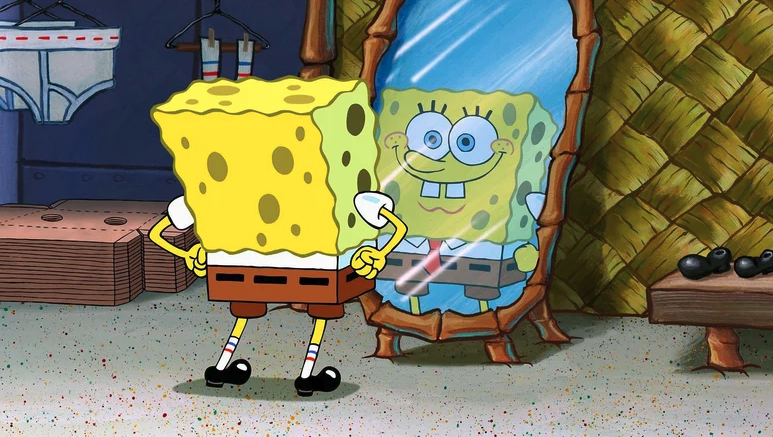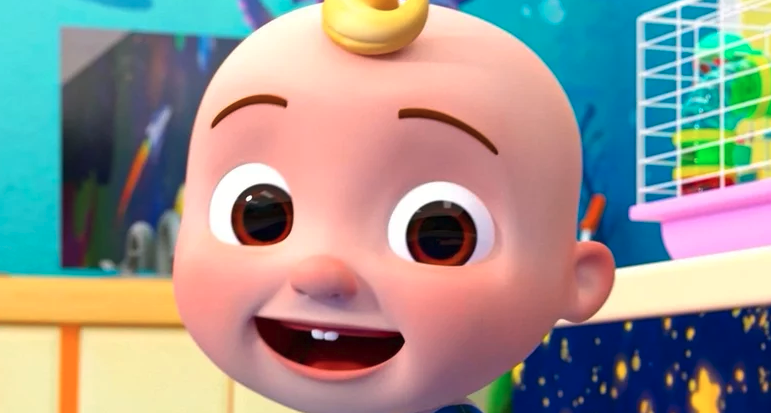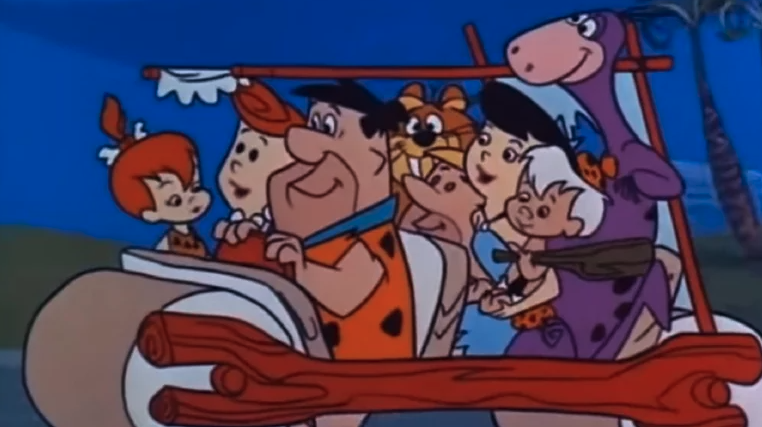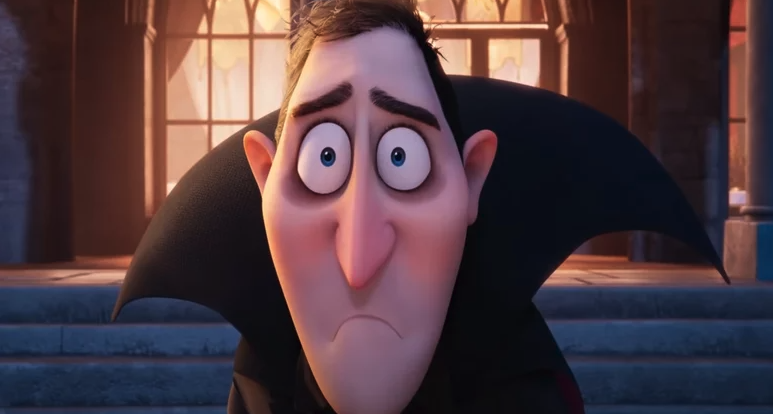Scooby-Doo Is Way More Adult Than You Realized
Watching Scooby-Doo as an adult reveals some surprising details you likely missed as a kid. The gang's constant financial ability to travel the country in their van becomes questionable. The "monsters" are almost always disgruntled individuals in elaborate disguises with surprisingly complex schemes. The repetitive nature of the plots, while comforting as a child, becomes more apparent. Finally, the somewhat stereotypical depictions of certain characters and cultures, common in older cartoons, stand out more clearly.
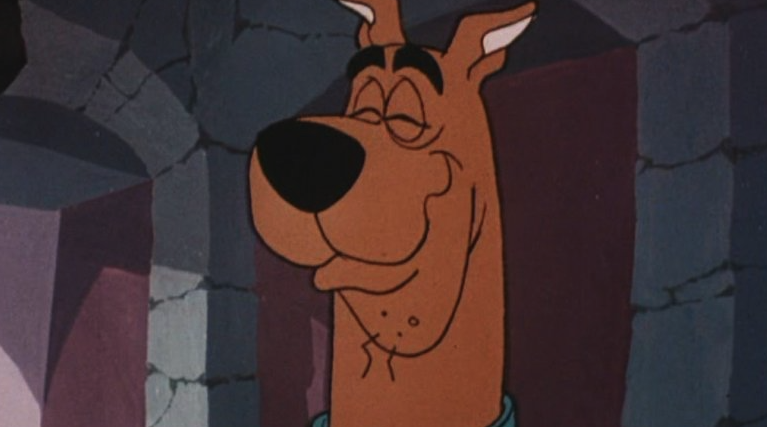
Scooby-Doo, Where Are You!, the iconic animated series, captivated children for decades with its simple premise: a group of teenage detectives and their talking Great Dane solve spooky mysteries, almost always revealing a mundane explanation behind the apparent supernatural phenomena. However, revisiting the show as an adult reveals a surprising number of details and nuances that were likely missed during childhood viewings. These observations offer a fresh perspective on the series, highlighting its subtle humor, recurring tropes, and sometimes questionable elements.
The Strangeness of the Mundane
- Everyone is very blasé about a hyper-intelligent, talking dog: Perhaps the most glaringly obvious oddity is the complete nonchalance with which everyone treats Scooby-Doo. He’s a Great Dane who speaks perfect English (albeit with a slight speech impediment) and actively participates in solving mysteries. Yet, no one ever bats an eye. Even the "monsters" they unmask seem more annoyed by Scooby's interference than surprised by his ability to talk. This acceptance of the extraordinary as ordinary becomes a running joke in itself.
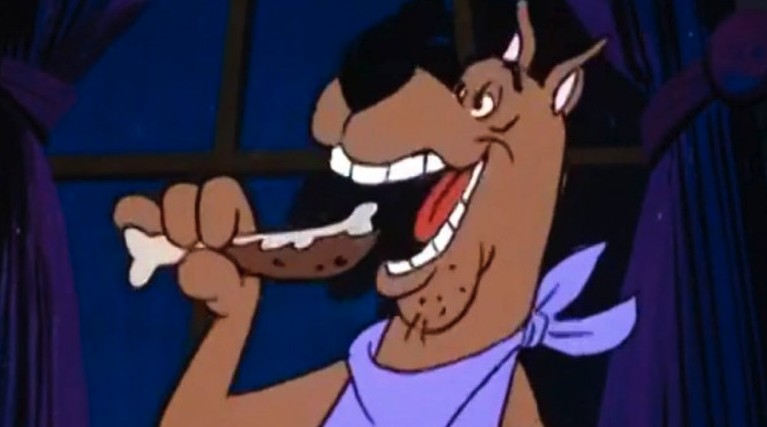
2. The Mystery Machine's Implausible Funding: The gang travels the country in their iconic van, the Mystery Machine, seemingly without any visible means of financial support. They’re constantly on the road, incurring expenses for gas, food (especially for Shaggy and Scooby), and various other supplies. As adults, viewers begin to wonder: where does all this money come from? Do they have trust funds? Are they secretly funded by a mysterious benefactor? The show never offers a concrete explanation, leaving viewers to ponder the financial logistics of their constant road trips.
Recurring Tropes and Jokes
- They're all gonna laugh at you: The classic formula of each episode becomes increasingly apparent as an adult. The gang arrives at a spooky location, encounters a seemingly supernatural threat, investigates, and ultimately unmasks the culprit, who is usually a disgruntled individual seeking personal gain. The formulaic nature, while comforting to children, becomes more noticeable and even humorous to adult viewers. The predictability of the plot twists becomes part of the show's charm.
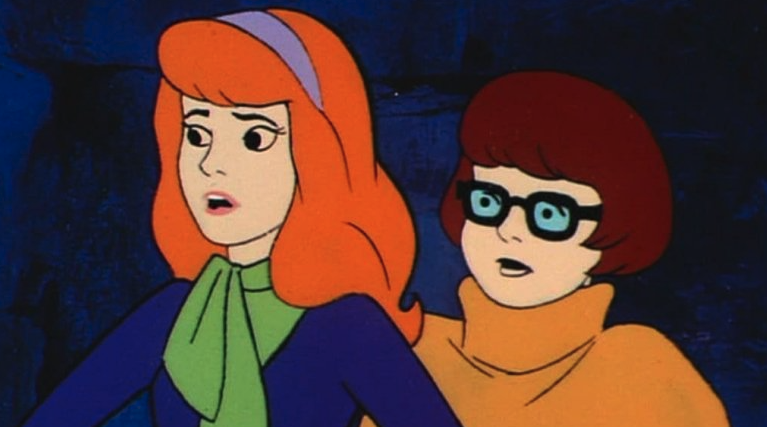
2. Shaggy and Scooby sure get hungry a lot: Shaggy and Scooby's insatiable appetites are a defining characteristic of the show. They are constantly craving snacks, especially Scooby Snacks, and their hunger often leads them into comical situations. As adults, viewers may find this constant focus on food to be a bit excessive, but it also becomes a source of nostalgic humor, reminding them of the simple joys of childhood.
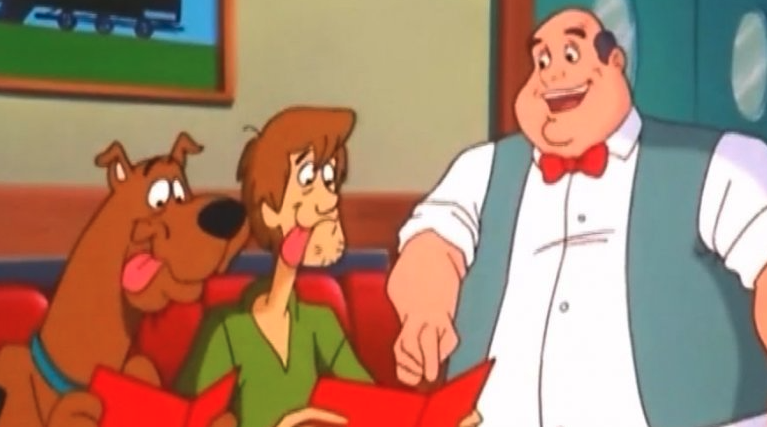
3. The elaborate and Rube Goldberg-esque traps: The villains in Scooby-Doo often devise incredibly complex and convoluted plans to achieve their goals. These plans frequently involve elaborate traps and contraptions that seem unnecessarily complicated. As adults, viewers may find themselves marveling at the sheer ingenuity (and impracticality) of these schemes, often wondering why the villains didn't just choose a simpler approach.
Questionable Elements in Retrospect
- Stereotypical Depictions: Like many older cartoons, Scooby-Doo occasionally features stereotypical depictions of certain characters and cultures. These depictions, while perhaps unintentional, can be problematic when viewed through a modern lens. As adults, viewers may become more aware of these potentially offensive portrayals, prompting discussions about representation and cultural sensitivity.
- The Lack of Real Danger: Despite encountering "ghosts" and "monsters," the gang is rarely in any real physical danger. The threats are almost always revealed to be hoaxes, and the villains are typically harmless individuals motivated by greed or revenge. As adults, viewers may find the lack of genuine peril to be a bit underwhelming, but it also contributes to the show's lighthearted and family-friendly tone.
- The Repetitive Nature of the Chases: The chase sequences, a staple of the show, often involve the gang running through identical hallways and doors, accompanied by frantic music and comical sound effects. While these chases were entertaining to children, they become quite repetitive and predictable to adult viewers. However, this repetition also becomes part of the show's nostalgic charm, evoking memories of childhood viewings.
Conclusion: A Nostalgic Trip with New Insights
Revisiting Scooby-Doo as an adult offers a unique perspective on a beloved childhood classic. While the show's simple premise and formulaic nature may seem more apparent, it also allows viewers to appreciate its subtle humor, recurring tropes, and even its questionable elements. The acceptance of a talking dog, the Mystery Machine's mysterious funding, the villains' elaborate schemes, and the gang's constant hunger all contribute to the show's enduring appeal. By noticing these details, adult viewers can gain a deeper understanding of the show's cultural significance and its ability to evoke nostalgia for a simpler time. It's a reminder that even seemingly simple children's entertainment can offer new insights when viewed through a different lens.

